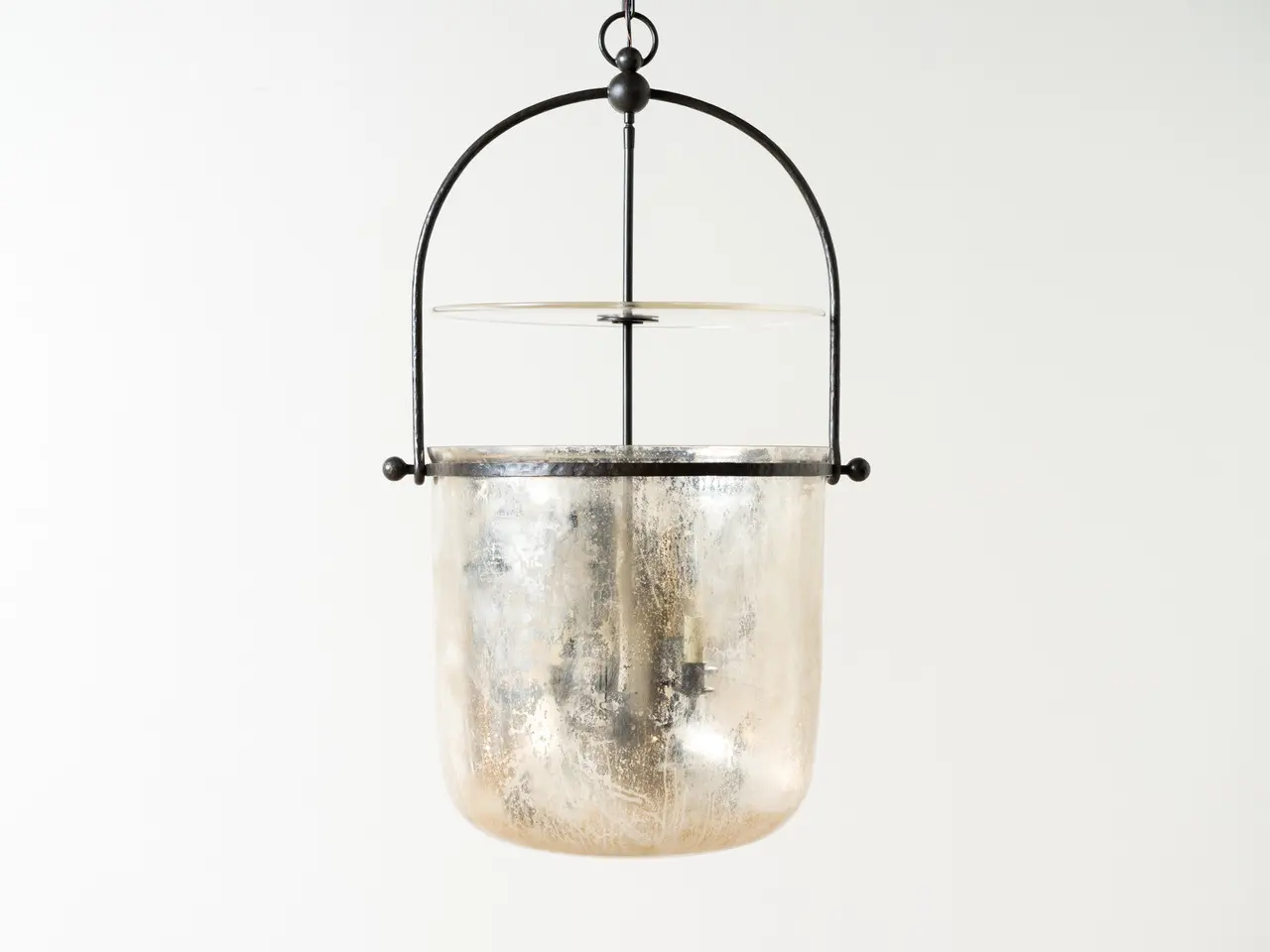Introduction
A lantern is a portable source of lighting that has been used for centuries. Traditionally, lanterns contained candles or oil lamps, but in modern times, they often use battery-powered lights. One type of lantern that has gained popularity is the smoked lantern. In this article, we will explore the history and uses of smoked lanterns, as well as their construction and modern varieties.
What are old lanterns made of?
Old lanterns were made from a variety of materials, including iron, silver, gold, and tin. The sides of these lanterns were made from transparent or translucent materials such as horn, talc, leather, oiled paper, and glass. Designs ranged from simple boxes with nail holes to intricate openwork bronze lanterns from the Orient. Lanterns from the Renaissance and Baroque periods showcased exquisite craftsmanship.
One popular type of lantern from the 18th century was the bull's-eye lantern. It had one or more sides made of bulging glass, which focused the light to some extent. This lantern functioned similarly to a modern flashlight, as it could be switched on by opening its door.
Another commonly used lantern was the hurricane lantern. It had a shield of glass and perforated metal surrounding the flame to protect it from strong winds. This type of lantern is still used today as a warning flare.
Do lanterns have candles?
Lanterns traditionally used candles as a source of light. However, modern lanterns can use a variety of light sources, including battery-powered lights. The purpose of the lantern enclosure is to protect the light source from wind, rain, and other elements. Lanterns with only a metal grid were used to transport candles or wicks safely, preventing unexpected fires.
In addition to providing light, lanterns have been used for signaling purposes. In naval operations, lanterns were used to communicate, and in railroad operations, lanterns were used to signal the operational status of the track ahead. Lanterns were also used to signal from train to train or from station to train.
Lanterns have also been used in religious observances and festivals. In the Eastern Orthodox Church, lanterns are used in processions and liturgical entrances. Lanterns are also used in many Asian festivals, such as the Ghost Festival and the Lantern Festival.
Modern lanterns
Modern lanterns come in a variety of designs and use different types of fuel or power sources. Fueled lanterns, such as those using kerosene or gas, are still popular but can be hazardous due to the risk of fire or burns. Mantle lanterns use a woven ceramic impregnated gas mantle that becomes incandescent when heated by a flame. Electric lanterns, powered by batteries or wired electricity, are commonly used for interior, landscape, and civic lighting applications.
Some lanterns now use fuel gases that become liquid when compressed, such as propane. These lanterns are often portable and can be refueled without the need to handle liquid fuel, making them safer and more convenient.
LED lanterns have become popular for their energy efficiency and durability. They are often used in portable lanterns and have seen a decrease in price over the years.

Solar-powered lanterns are also gaining popularity, especially in developing countries where they provide a safer and more affordable alternative to kerosene lamps.
Smoked lanterns have a rich history and serve a variety of purposes. From their humble origins as candle holders to their modern incarnations as electric or solar-powered sources of light, lanterns continue to be a valuable tool for illumination and signaling. Whether used for religious observances, festivals, or everyday lighting needs, the smoked lantern remains a versatile and practical lighting solution.
If you want to know other articles similar to Smoked lantern: history, uses & construction you can visit the Lanterns category.
